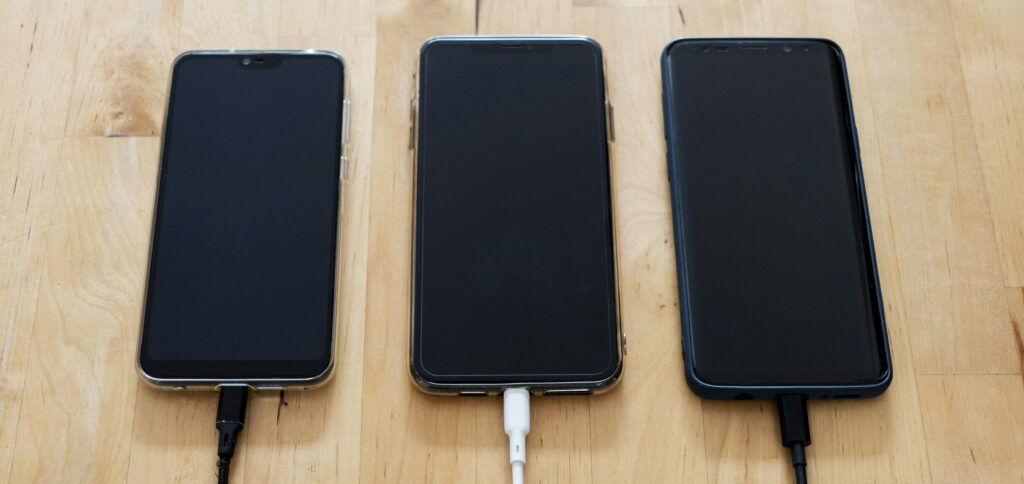
Number of smartphones being used in Kenya has surpassed that of feature phones. Photo | CA
Smartphones have now surpassed feature phones (mulika phones) in usage in Kenya, marking a pivotal moment in the nation’s digital evolution. This development is poised to influence various sectors, including communication, commerce, and education.
The CA data shows that of the 37.4 million devices in the country, smartphones take the lead with a penetration rate of 72.6 per cent, while the 30.7 million feature phones accounted for account for 59.6 per cent penetration rate.
According to data from the Communications Authority of Kenya (CA), the substantial increase in smartphone adoption over recent years is attributed to factors such as the decreasing cost of smartphones, increased internet penetration, and a growing youthful population eager to embrace digital technologies.
ALSO READ: Apple Partners with Issey Miyake for Innovative iPhone Pocket Accessory
The affordability of smartphones has been a critical factor in this transition. Manufacturers and mobile service providers have introduced budget-friendly devices and flexible payment plans, making smartphones accessible to a broader segment of the population. This democratization of technology has enabled more Kenyans to access the internet, social media platforms, and various digital services.
Enhanced internet infrastructure has also played a significant role. The expansion of 3G and 4G networks across the country has improved connectivity, allowing users in both urban and rural areas to experience faster and more reliable internet services. This improved connectivity has made smartphones more appealing, as users can now access a wide range of online services, from streaming media to e-commerce platforms.
The youthful demographic of Kenya has further accelerated smartphone adoption. Young people are more inclined to adopt new technologies and are driving the demand for smartphones due to their interest in social media, online gaming, and other digital activities. This tech-savvy generation is not only influencing consumer trends but also contributing to the growth of the digital economy through innovation and entrepreneurship.
The rise in smartphone usage has significant implications for various sectors. In commerce, businesses are increasingly leveraging mobile platforms to reach customers, leading to the growth of mobile banking and e-commerce. Educational institutions are also adopting digital tools to enhance learning, utilizing smartphones for accessing educational content and facilitating communication between teachers and students.
However, this shift also presents challenges. The increased use of smartphones necessitates robust cybersecurity measures to protect users from digital threats. Additionally, there is a need for digital literacy programs to ensure that all segments of the population can effectively and safely use these technologies.






